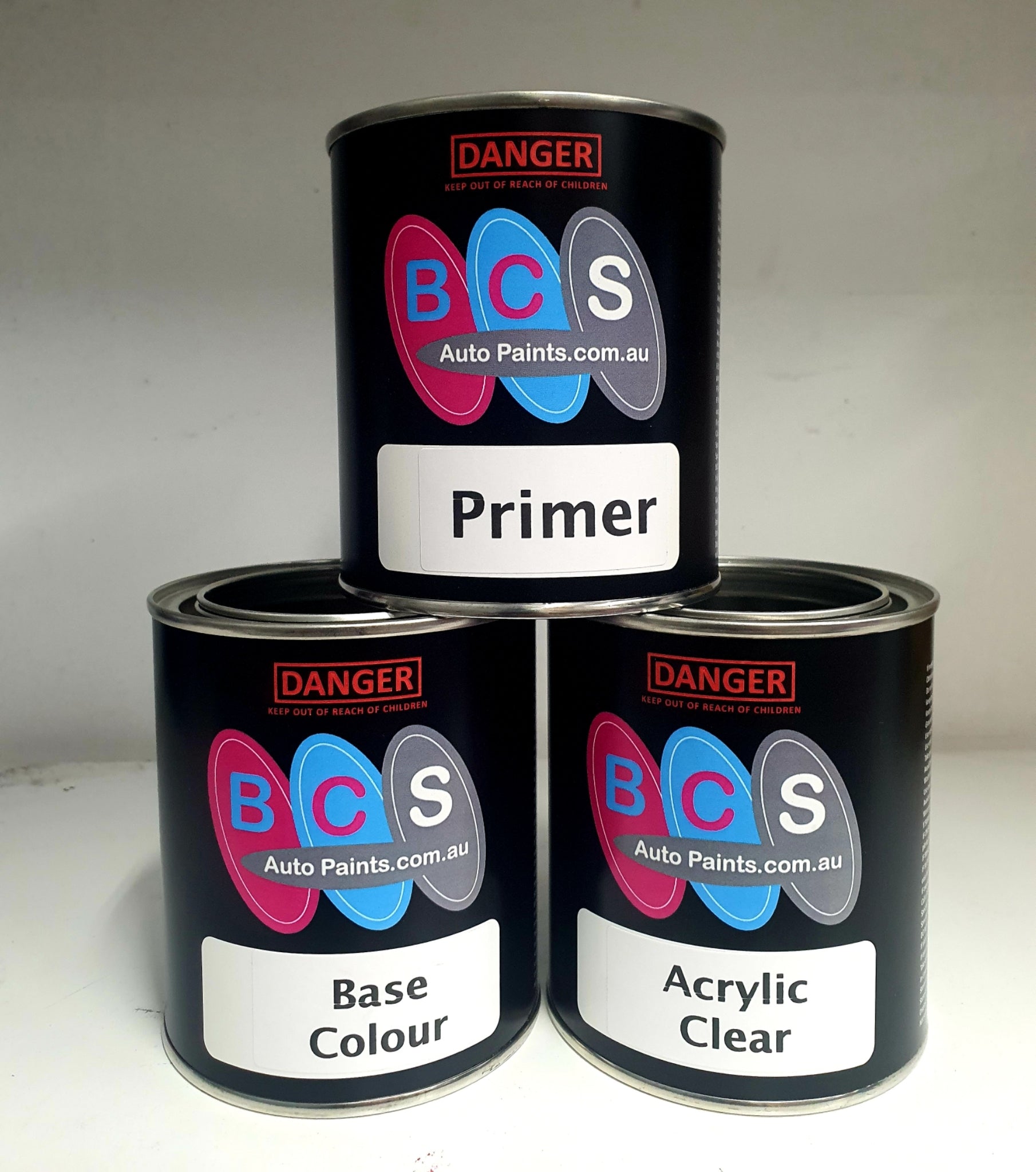Car paints play a crucial role in the automotive industry, serving both aesthetic and functional purposes. A car's paint job not only enhances its visual appeal but also provides a protective layer against environmental elements. The evolution of car paints has been marked by advancements in technology, leading to the development of more durable, eco-friendly, and visually stunning coatings.
The Evolution of Car Paints
The journey of car paints began in the early 20th century with the use of basic lacquer paints. These paints were solvent-based and required multiple layers to achieve the desired finish. However, they lacked durability and were prone to fading and chipping. The automotive industry soon transitioned to enamel paints, which offered better durability and a glossier finish.
In the 1980s, the introduction of basecoat/clearcoat systems revolutionized car painting. This two-step process involved applying a pigmented basecoat followed by a clear topcoat. The clearcoat provided an additional layer of protection and enhanced the color's depth and gloss. This method remains popular due to its superior finish and longevity.
Types of Car Paints
Acrylic Paints: These water-based paints are known for their ease of application and quick drying time. They offer a high-gloss finish but are less durable compared to other types. Acrylic paints are often used for do-it-yourself projects and touch-ups.
Enamel Paints: Enamel paints are oil-based and provide a hard, glossy finish. They are highly durable and resistant to weathering, making them ideal for exterior applications. However, they take longer to dry and require careful application to avoid imperfections.
Urethane Paints: Urethane paints are the industry standard for automotive applications due to their exceptional durability, flexibility, and resistance to UV rays and chemicals. They provide a smooth, high-gloss finish and are available in both single-stage and two-stage (basecoat/clearcoat) systems.
Metallic and Pearl Paints: These specialty paints contain metal flakes or pearlescent particles that create a shimmering effect. Metallic paints add depth and brilliance to the car's color, while pearl paints offer a unique, iridescent finish. Both types require a clearcoat for protection and enhanced appearance.
The Painting Process
The car painting process is meticulous and requires several steps to achieve a flawless finish:
Surface Preparation: The car's surface is thoroughly cleaned, sanded, and primed to ensure the paint adheres properly. Any imperfections are repaired to create a smooth base.
Priming: A primer is applied to promote adhesion, enhance the paint's durability, and prevent rust. Primers are typically available in gray or black, depending on the final color.
Basecoat Application: The basecoat, which contains the color pigments, is sprayed onto the primed surface. Multiple thin layers are applied to achieve even coverage and the desired color depth.
Clearcoat Application: A clearcoat is applied over the basecoat to protect the paint and enhance its gloss. This layer provides resistance to UV rays, chemicals, and minor abrasions.
Curing: The painted surface is allowed to cure, either naturally or through baking in a paint booth. This ensures the paint hardens and adheres properly.
Polishing: The final step involves polishing the surface to remove any imperfections and achieve a high-gloss finish.
Environmental Considerations
Modern paint for cars are formulated to be more environmentally friendly. Waterborne paints, which use water as a solvent instead of harmful chemicals, have become increasingly popular. These paints emit fewer volatile organic compounds (VOCs), reducing air pollution and health risks. Additionally, advancements in paint recycling and disposal methods have contributed to a more sustainable automotive industry.






Comments